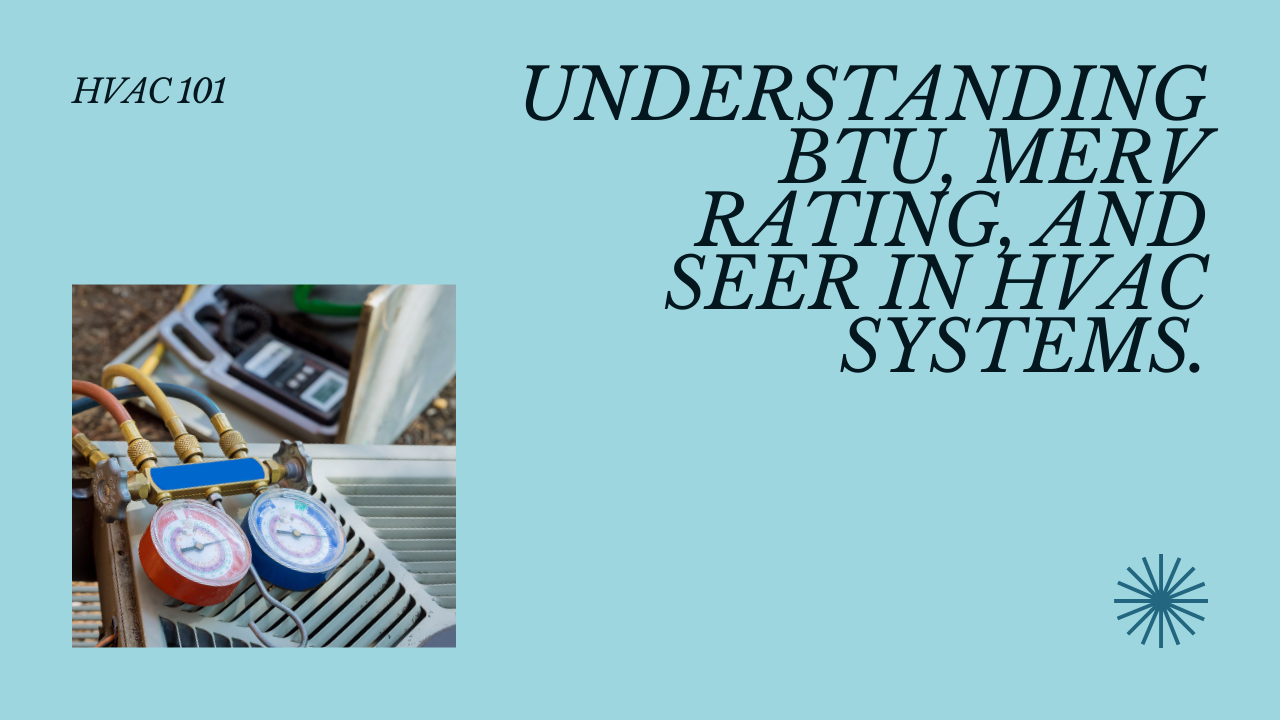
When it comes to keeping your home comfortable and energy-efficient in La Palma, California, understanding the basics of HVAC (Heating, Ventilation, and Air Conditioning) is essential. From the BTU (British Thermal Unit) rating to the MERV (Minimum Efficiency Reporting Value) rating and SEER (Seasonal Energy Efficiency Ratio), these common terms play a crucial role in the performance and efficiency of your HVAC system. In this article, we will demystify these terms and explain how they can benefit your energy-efficient HVAC system. If you’re in need of HVAC installation, furnace repair, furnace installation, furnace maintenance, or furnace replacement services in La Palma, look no further than Tradewind HVAC.
The Benefits of Energy-Efficient HVAC Systems
Investing in an energy-efficient HVAC system for your La Palma home offers numerous benefits. Not only does it help reduce your carbon footprint, but it can also lead to significant cost savings on your energy bills. Here are some key advantages of energy-efficient HVAC systems:
- Lower Energy Consumption: Energy-efficient HVAC systems are designed to use less energy while still maintaining optimal performance. This means lower energy consumption and reduced utility bills.
- Improved Indoor Air Quality: Energy-efficient HVAC systems often come equipped with advanced filtration systems that can effectively remove airborne pollutants, allergens, and contaminants, resulting in cleaner and healthier indoor air.
- Enhanced Comfort: Energy-efficient HVAC systems can provide more consistent and precise temperature control, ensuring optimal comfort throughout your home.
- Longer Lifespan: Energy-efficient HVAC systems are built to last. Their advanced components and technologies are designed for durability, resulting in longer lifespans and reduced maintenance needs.
- Environmentally Friendly: By reducing energy consumption, energy-efficient HVAC systems help lower greenhouse gas emissions, contributing to a greener and more sustainable environment.
Understanding BTU (British Thermal Unit)
In HVAC systems, BTU (British Thermal Unit) is a unit of measurement used to determine the heating or cooling capacity of a system. It measures the amount of heat required to raise or lower the temperature of one pound of water by one degree Fahrenheit. The higher the BTU rating, the more powerful the heating or cooling capacity of the system.
When choosing an HVAC system for your La Palma home, it’s essential to consider the appropriate BTU capacity based on the size and insulation of your living space. A system with insufficient BTU capacity may struggle to heat or cool your home adequately, while an oversized system may result in inefficient operation and unnecessary energy consumption.
Understanding MERV (Minimum Efficiency Reporting Value) Rating
The MERV (Minimum Efficiency Reporting Value) rating is a standard measurement used to evaluate the effectiveness of an air filter in an HVAC system. It indicates how well the filter can capture and remove airborne particles, such as dust, pollen, pet dander, and mold spores.
The MERV rating scale ranges from 1 to 20, with a higher rating indicating a higher level of filtration efficiency. While a MERV rating of 1 provides minimal filtration, a MERV rating of 20 offers the highest level of filtration, suitable for environments with strict air quality requirements, such as hospitals or cleanrooms.
When selecting an air filter for your La Palma HVAC system, consider the MERV rating that best suits your needs. A higher MERV rating can provide better indoor air quality, but it may also restrict airflow if not compatible with your system’s specifications.
Understanding SEER (Seasonal Energy Efficiency Ratio)
SEER (Seasonal Energy Efficiency Ratio) is a measure of the cooling efficiency of an air conditioning system over a typical cooling season. It represents the ratio of cooling output (in BTUs) to the energy input (in watt-hours) consumed by the system.
The higher the SEER rating, the more energy-efficient the air conditioning system is. In the United States, the minimum SEER rating for new residential air conditioning units is 13. However, more advanced systems can have SEER ratings of 20 or higher, offering exceptional energy savings.
When considering HVAC installation or replacement in La Palma, it’s crucial to select a system with an appropriate SEER rating that aligns with your energy efficiency goals and budget. While higher SEER ratings may come with a higher upfront cost, they can result in significant long-term energy savings.
Conclusion
Understanding the basics of HVAC, including terms like BTU, MERV rating, and SEER, is vital for homeowners in La Palma, California, looking to optimize their energy efficiency and comfort. By selecting an energy-efficient HVAC system with the appropriate BTU capacity, MERV rating, and SEER rating, you can enjoy the benefits of lower energy consumption, improved indoor air quality, enhanced comfort, and reduced environmental impact. For all your HVAC installation, furnace repair, furnace installation, furnace maintenance, and furnace replacement needs in La Palma, Contact Tradewind HVAC to provide reliable and efficient solutions.
